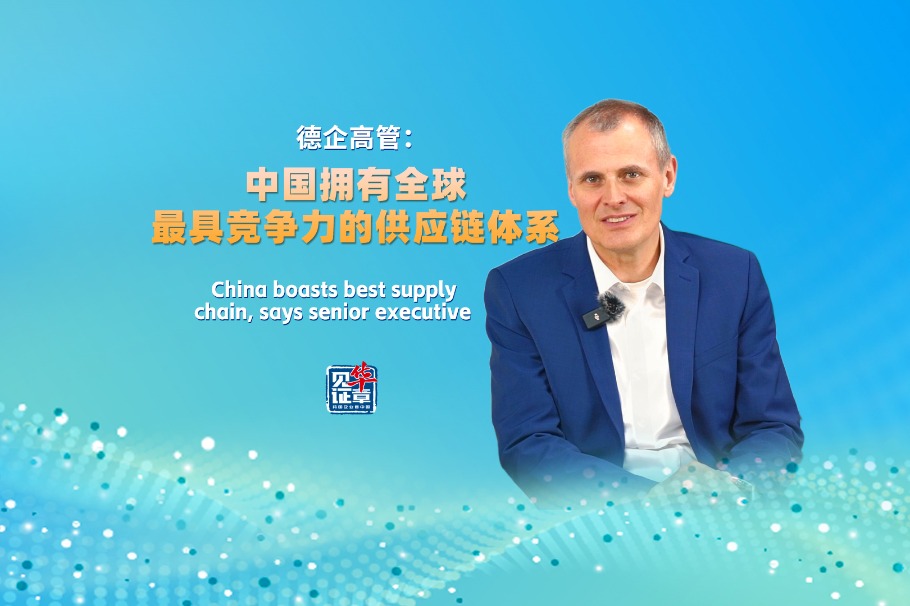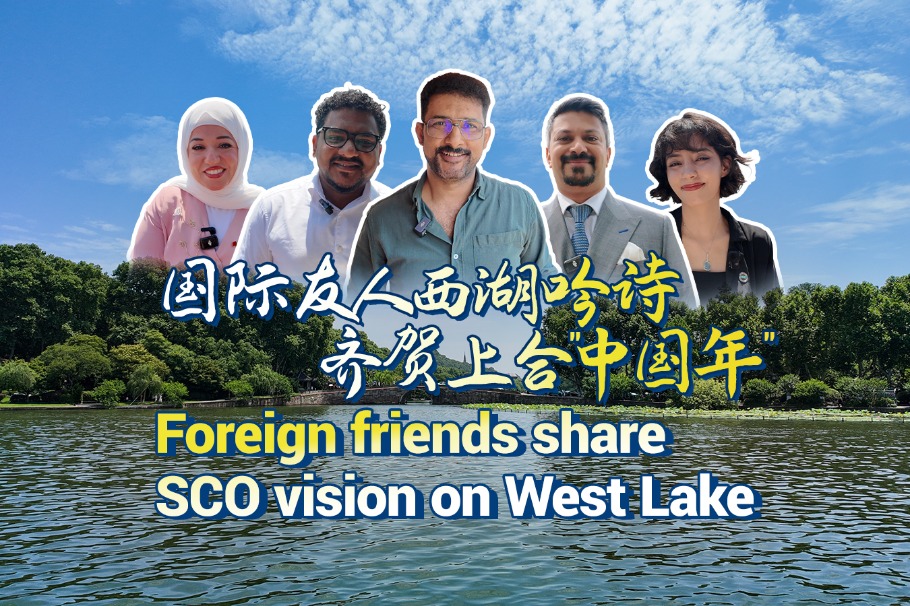Wujiang's innovation ecosystem evolving rapidly
From robotics to 3D printing, district in Suzhou home to more than 100,000 private enterprises, including two that have broken into Fortune Global 500


To address the concerns, China's first basic law dedicated to the healthy development and legitimate right of private sector — the Private Sector Promotion Law — officially came into effect on May 20.
The law includes a specific chapter on science and technology innovation, encouraging private enterprises to play an active role in advancing frontier technologies, cultivating new quality productive forces and developing a modern industry system. It also aims to provide stronger legal support for private businesses striving to overcome technical bottlenecks.
Wei Dong, director-general of the private economy bureau at the National Development and Reform Commission, called the law a milestone that would "optimize the business environment and energize high-quality growth" for private enterprises across the country.
Data from the State Administration for Market Regulation showed that as of the end of September 2024, the total number of private-sector market entities in China reached 180.86 million, accounting for 96.37 percent of all market entities and marking a year-on-year increase of 3.93 percent.
The private sector serves as "capillaries" of China's industrial and supply chains, playing a vital role in stabilizing growth, employment and livelihoods, said Zhang Daoyang, a senior official at the SAMR.
Zhang added that the new law's nine chapters and 78 provisions, based on principles of equal treatment, fair competition and shared development, are expected to empower private businesses with greater certainty and protection.
For private business owners like Xu Derong, president of the Shengze Textiles brand promotion association and chairman of Suzhou Romrol Fashion Group in Shengze town of Wujiang, the message is clear.
"We studied the law as soon as it was released," Xu said. "As a private entrepreneur, we'll seize the opportunities brought by the Private Sector Promotion Law, strengthen independent innovation and harness the textile industry's advantages to lead the next chapter in high-quality development."
In the Wujiang High-tech Zone of Shengze, which has long been known as China's traditional silk hub, innovation is now being woven directly into the fabric.
At the display area of local textile firm Lixintex, rows of its self-developed high-performance textiles are neatly arranged.
The company's latest sun-protective fabric uses an innovative weave of nylon, spandex and enhanced polyester to achieve both UV resistance and breathability, a useful dual-performance innovation for summer weather.
"With an ultraviolet protection factor rating of 50+, the fabric blocks over 95 percent of UV rays, while the ultra-fine yarn and special weaving technique ensure it remains light and airy," said Luan Yong, the company's R&D director.
Luan also highlighted other innovative products, such as a "solar-charged heat-retaining" textile that can warm by 3-5 C under sunlight, and a lightweight down jacket material created by combining functional membranes with down powder through 3D printing, providing strong insulation without bulk.
The eye-catching innovations are a reflection of a broader shift in Shengze's traditional silk industry toward high-end textile manufacturing.
"Focusing on the transformation of the textile industry toward high-end, intelligent and green development, Shengze is actively encouraging enterprises to drive progress through independent innovation by upgrading equipment, improving technologies, and expanding investment and production," said Chen Yu, Party secretary of Shengze town.
Now as one of China's top production hubs for chemical fiber fabrics, Shengze hosts more than 2,500 industrial textile companies and over 10,000 textile trade firms, with industrial output above a designated size totaling 22.6 billion yuan in the first four months of this year, according to the township government's data. Flagship companies like Hengli Group and Shenghong Group, both Fortune Global 500 firms, anchor the thriving ecosystem.
According to Xu, the strength of Shengze's textile industry lies in its tightly knit industrial and supply chains.
"Over 90 percent of our fabric innovations are developed in-house by the nearly 100 member companies under the association," Xu said. "This cuts inventory costs by at least 15 percent across the supply chain, upstream and downstream. That's what makes 'Shengze Textiles' a name worth trusting."
























